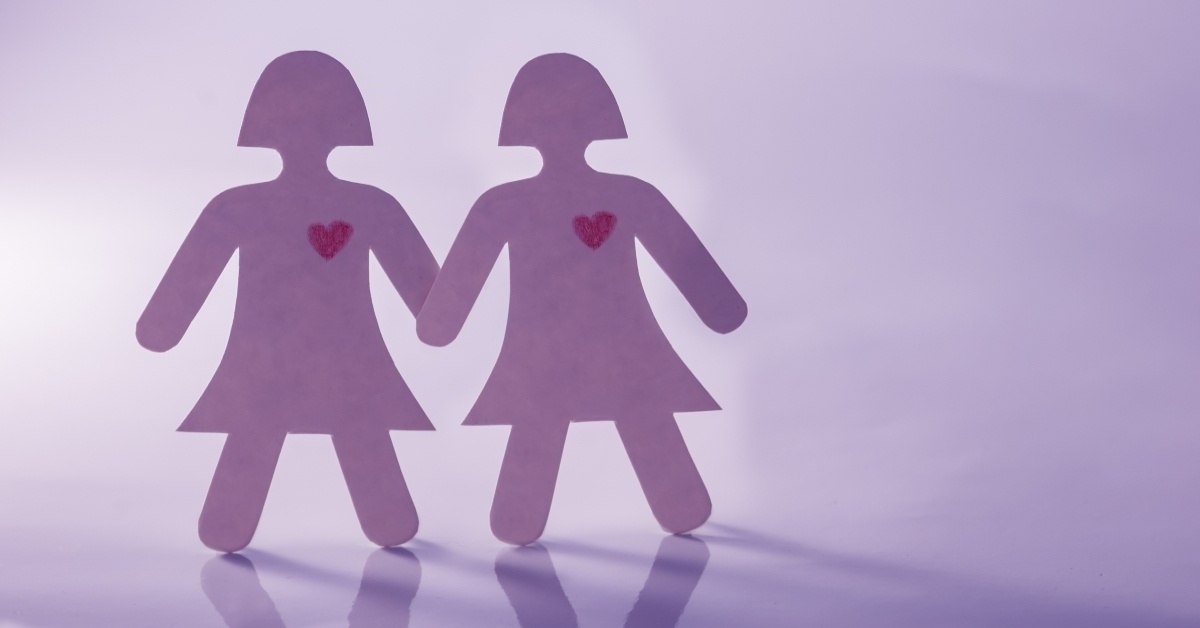What Is Demisexuality? The Meaning and Understanding of This Powerful Identity
Demisexuality is one of many ways people experience attraction. For demisexual individuals, sexual attraction only develops after forming a strong emotional connection. This experience may seem unfamiliar, especially in a dating culture that often glorifies immediate physical desire. However, for those who identify as demisexual, attraction unfolds differently. Understanding demisexuality challenges the assumption that attraction [...] Read More... from What Is Demisexuality? The Meaning and Understanding of This Powerful Identity The post What Is Demisexuality? The Meaning and Understanding of This Powerful Identity appeared first on LOVEBSCOTT.


Demisexuality is one of many ways people experience attraction. For demisexual individuals, sexual attraction only develops after forming a strong emotional connection. This experience may seem unfamiliar, especially in a dating culture that often glorifies immediate physical desire. However, for those who identify as demisexual, attraction unfolds differently. Understanding demisexuality challenges the assumption that attraction must be instant and helps create space for different relationship dynamics.
What Is Demisexuality?

Demisexuality exists on the asexual spectrum within the LGBTQIA+ community. While asexuality describes individuals who feel little to no sexual attraction, demisexuality refers to those who require emotional intimacy before experiencing it. A demisexual person might recognize someone as physically attractive, but without emotional depth, they won’t feel sexual desire. This distinction highlights the central role emotional connection plays in their experience of attraction.
Society often links romance with instant passion, making it difficult for demisexual individuals to navigate expectations. Many face misunderstanding or feel pressured to explain why attraction doesn’t happen immediately. Some may struggle in dating environments that prioritize surface-level chemistry over emotional bonds. Recognizing demisexuality as a valid experience helps shift the conversation toward more inclusive and respectful relationships.
How Demisexuality Differs From Other Identities
People often compare demisexuality to pansexuality, gray sexuality, and bisexuality, but each identity has distinct characteristics.
Graysexuality, another identity on the asexual spectrum, describes people who experience sexual attraction infrequently or under specific conditions. Unlike demisexuality, which requires emotional closeness, graysexual individuals don’t necessarily have a fixed pattern for when attraction occurs. They may occasionally feel sexual desire without any emotional connection.
Pansexuality refers to attraction regardless of gender. A pansexual person may feel immediate sexual attraction to anyone, while a demisexual person — regardless of gender preference — won’t experience sexual desire until forming an emotional bond. Pansexuality focuses on who someone is attracted to, while demisexuality defines how attraction happens.
Bisexuality describes an attraction to multiple genders. A demisexual person can be bisexual, meaning they form emotional connections with people of different genders before experiencing sexual attraction. Demisexuality and bisexuality are not mutually exclusive — one describes attraction’s development, while the other identifies its scope.
Dating and Relationships as a Demisexual Person

Demisexual individuals navigate dating differently. They thrive in relationships that prioritize emotional intimacy and genuine connection. Since their attraction develops gradually, rushing physical intimacy can feel forced or uncomfortable. Respecting their boundaries fosters trust and allows attraction to grow naturally.
Some demisexual people enjoy casual dating or flirting, while others prefer deeper, more intentional connections. Expecting a uniform experience across all demisexual individuals oversimplifies their identity. Instead of assuming their preferences, open communication ensures both partners feel comfortable and understood.
Why Visibility Matters
As conversations about sexuality evolve, demisexuality is gaining more recognition. Increased awareness helps dispel misconceptions, allowing people to understand their own experiences without shame or confusion. It also fosters more inclusive relationship dynamics by challenging the assumption that attraction must always be immediate and physical.
Recognizing diverse experiences of attraction leads to healthier, more fulfilling connections. By embracing different ways of forming relationships, people create a more accepting space where all identities are valued and understood.
Do you identify with demisexuality? Let’s discuss in the comment section below!
The post What Is Demisexuality? The Meaning and Understanding of This Powerful Identity appeared first on LOVEBSCOTT.












